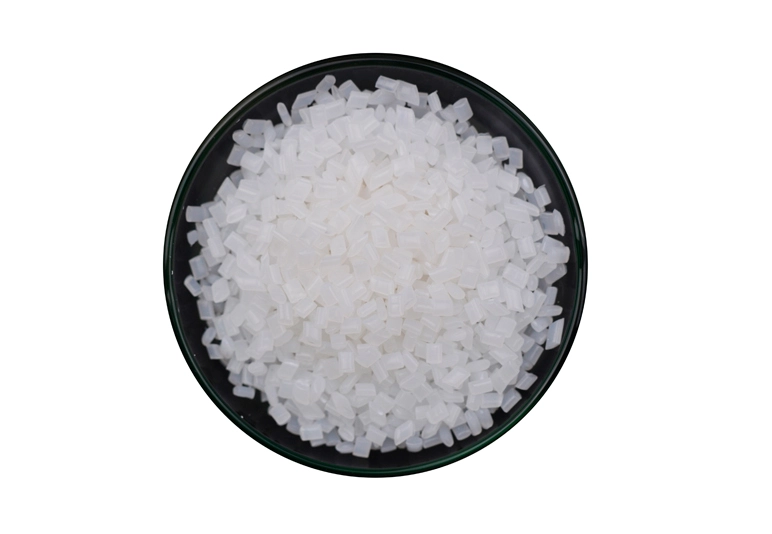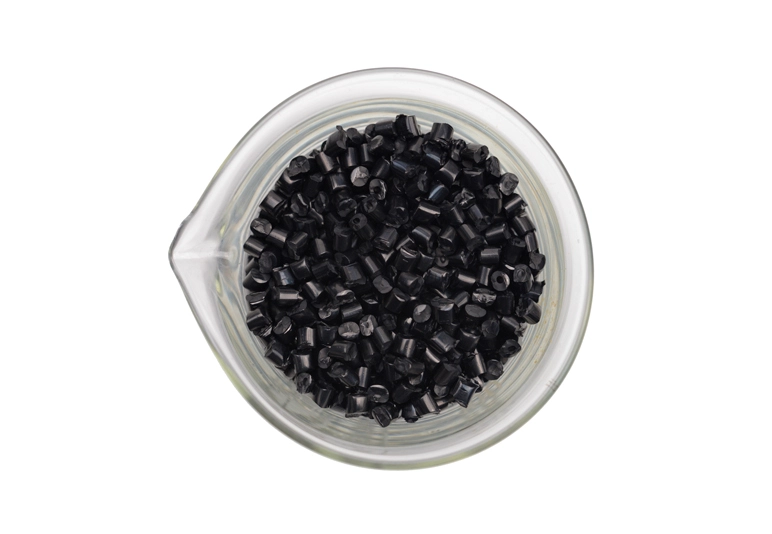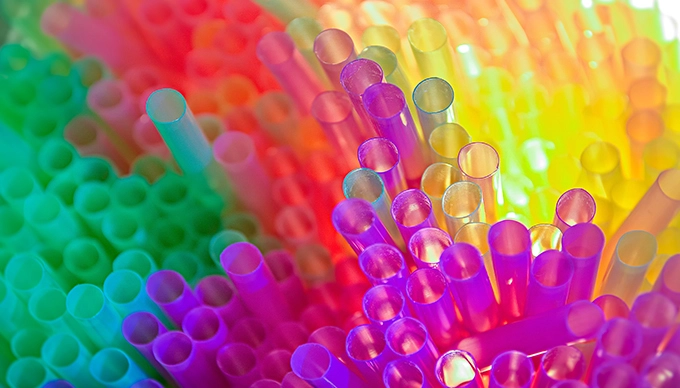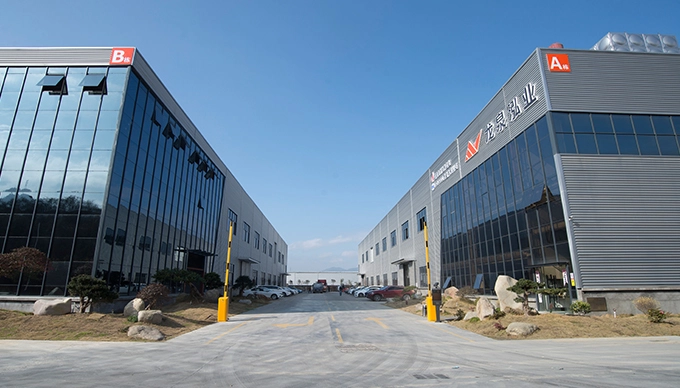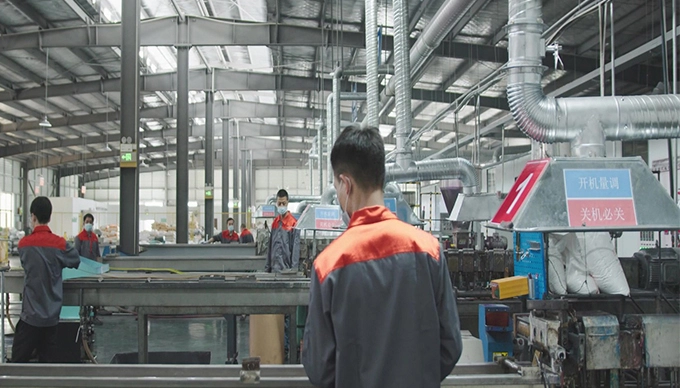1. What is Color Masterbatch?
Color masterbatch is a specialized coloring agent used in polymer materials, also known as pigment preparations. It consists of three essential components: pigments or dyes, carrier resin and additives. The pigments or dyes are uniformly dispersed in the resin to create a concentrated form called pigment concentrate. This allows color masterbatch to exhibit higher coloring power compared to the pigments alone.
In simple terms, color masterbatch is an aggregation of pigments or dyes uniformly dispersed in a resin.
2. Components of Color Masterbatch:
The basic components of color masterbatch include:
Pigments or dyes
Carrier resin
Dispersing agent
Additives
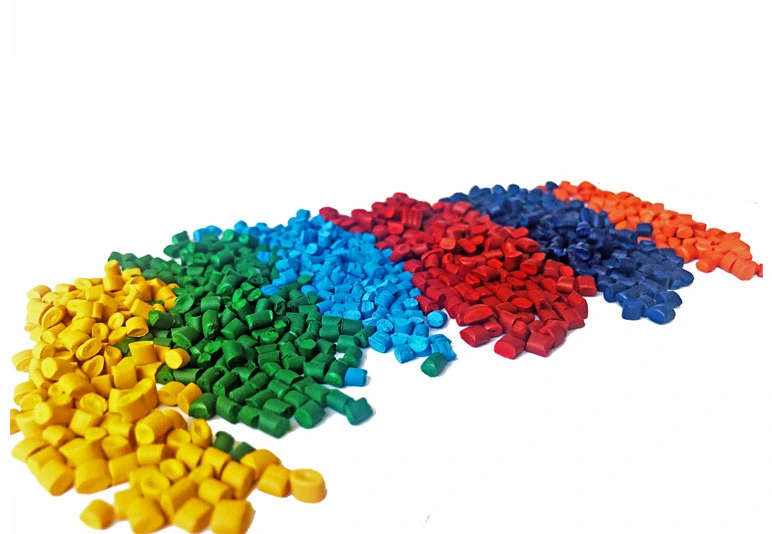
3. Varieties of Color Masterbatch:
Color masterbatch can be classified based on different criteria, including:
Based on the carrier resin: PE masterbatch, PP color masterbatch, ABS masterbatch, PVC masterbatch, EVA masterbatch, etc.
Based on the application: Injection molding masterbatch, blow molding masterbatch, spinning masterbatch, etc.
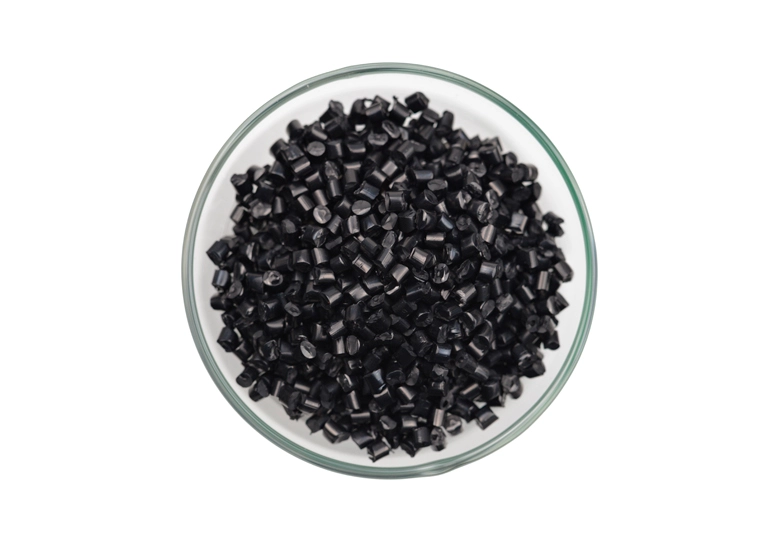
4. Why use color masterbatch?
A) Make the pigment have better dispersibility in the product.
Color masterbatch is an aggregate made by uniformly loading super-normal pigments in resin. During the production of color masterbatches, the pigments must be refined to improve the dispersibility and tinting strength of the pigments. The carrier of the special color masterbatch is the same as the plastic of the product, and has good matching. After heating and melting, the pigment particles can be well dispersed in the plastic of the product.
B) It is beneficial to maintain the chemical stability of the pigment
If the pigment is used directly, the pigment will absorb water and oxidize due to the direct contact with the air during storage and use, and after it is made into a color masterbatch, the quality of the pigment can be maintained for a long time because the resin carrier isolates the pigment from air and moisture. Change.
C) Ensure the stability of the color of the product
The color masterbatch is similar to the resin granules, which is more convenient and accurate in metering. It will not adhere to the container when mixed, and the mixing with the resin is relatively uniform, so it can ensure the stability of the added amount, so as to ensure the stability of the color of the product.
D) Protect the health of operators
Pigments are generally in the form of powders, which are easy to fly when added and mixed, and will affect the health of operators after being inhaled by the human body.
E) Keep the environment clean and not stain the utensils
F) Simple process, easy color change, saving time and raw materials
Since the pigments are in direct contact with the air during storage and use, phenomena such as moisture absorption, oxidation, and agglomeration will occur. When used directly, color spots will appear on the surface of plastic products, the hue will be dark, and the color will easily fade. Dusty, affecting the health of operators.
The color masterbatch is mechanically processed during the production process, and the pigment is refined, and the pigment, resin carrier, and dispersant are fully mixed to isolate the pigment from air and moisture, thereby enhancing the weather resistance of the pigment and improving the quality of the pigment. The dispersibility and tinting strength of the pigment, the hue is bright. Because the shape of masterbatch and resin particles is similar, it is more convenient and accurate in metering, and it will not stick to the container when mixing, thus saving the time for cleaning the container and the machine and the raw materials used for cleaning the machine.
5. Precautions for using color masterbatch
A) How to use color masterbatch?
The use of color masterbatch is very simple, just mix it with resin particles according to the specified ratio, and mix it by hand.
The following issues should be paid attention to during the operation of the equipment:
1.1 The mixing cavity of the injection molding machine or extruder generally has multiple temperature zones, and the temperature near the discharge port should be slightly higher. This is to make the color masterbatch melt quickly after entering the mixing cavity and mix with the plastic resin as soon as possible. Uniform, which is conducive to the good dispersion of masterbatch pigment in the product.
1.2 Appropriately apply back pressure to the injection molding machine, which can improve the mixing effect of the screw and facilitate the dispersion of pigments. The side effect of applying back pressure is to slow down the injection molding speed.
1.3 Properly increasing the temperature of the die head of the extruder can increase the brightness of the product.
B) How to determine the ratio of color masterbatch?
The basis for determining the proportion of color masterbatch is to obtain a satisfactory coloring effect. As long as the surface of the product is uniform in color without streaks and spots, it can be recognized.
Using Honye Masterbatch as an illustration, once the desired product color is confirmed. A small sample will be made to verify the color accuracy, and the recommended dosage is provided simultaneously. It should be noted that due to the difference of the machine, especially the thickness and density of the wire drawing, it needs to be fine-tuned on the basis of the recommended addition amount
C) How to calculate the cost of color masterbatch?
When calculating the cost of masterbatch coloring, the weight of the masterbatch itself should be deducted.
An example is as follows: 2 kg of color masterbatch is added to 100 kg of plastic resin. At this time, the total weight is 102 kg. The increased cost of parent is:
2 kg × $3.00/kg (for example) = $6.00
Converted into every 100 kg of plastic products, the increased cost due to the use of color masterbatch is:
6 / 102 kg × 100 kg = $5.88
D) Will the use of color masterbatch increase the product cost?
While masterbatch may have a higher upfront cost compared to pigments. While it offers improved material and manufacturing efficiency, consistent color quality, and reduced waste, ultimately contributing to overall cost savings in the production process. It is cost saving in the long run.
1.1 Material Efficiency: Masterbatch is a concentrated form of pigments or dyes that is uniformly dispersed in a carrier resin. It allows for precise control of color dosage, resulting in more efficient color distribution within the plastic matrix. This means that smaller quantities of masterbatch are needed to achieve the desired color intensity compared to using pigments directly. As a result, material waste and costs associated with excessive pigment usage are reduced.
1.2 Manufacturing Efficiency: Masterbatch simplifies the production process by integrating coloring and processing. It eliminates the need for additional compounding steps, saving time, energy, and labor costs. Moreover, masterbatch's uniform dispersion in the carrier resin ensures consistent coloration, minimizing the risk of color variations or inconsistencies that may require additional rework or production time.
1.3 Quality and Consistency: Masterbatch is produced under controlled conditions, ensuring high-quality pigment dispersion and consistent color performance. This reduces the likelihood of color variations or defects in the final product, which can lead to costly rejects or customer complaints. By maintaining color consistency, masterbatch helps to streamline quality control processes and minimize potential costs associated with color-related issues.
1.4 Storage and Handling: Masterbatch is typically supplied in pellet or granule form, which is easier to handle, store, and transport compared to loose pigments. The concentrated nature of masterbatch reduces the risk of pigment dust inhalation during handling, promoting a safer working environment and potentially reducing health-related costs.
E) Does the color masterbatch need to be dried before use?
Under normal circumstances, the color masterbatch does not need to be dried and can be used directly (except for ABS and NY color masterbatch).
F) How long is the shelf life of color masterbatch?
Color masterbatch can be stored for a long time. The pigment in the color masterbatch is dispersed and fixed in the carrier resin and is in a closed state, and its quality will not change even if it is stored for a long time. But it should be stored in a dry, cool environment.
G) Can several different color masterbatches be used to prepare the color?
Several color masterbatches can be used to prepare specific colors for small-volume customers, but without the guidance of the company's technical personnel, customers cannot use several color masterbatches on their own initiative, let alone mix color masterbatches produced by different companies. In order to avoid loss due to incompatibility.
H) Will the use of color masterbatch affect other properties of the product?
Some pigments affect the flame retardant effect of the product. When used in flame retardant products, it should be pointed out to the color masterbatch manufacturer.
I) Does the mold affect the use of color masterbatch?
In order to fully display the coloring effect of the color masterbatch, the mold must have corresponding quality, especially the surface must be very smooth.
 English
English



